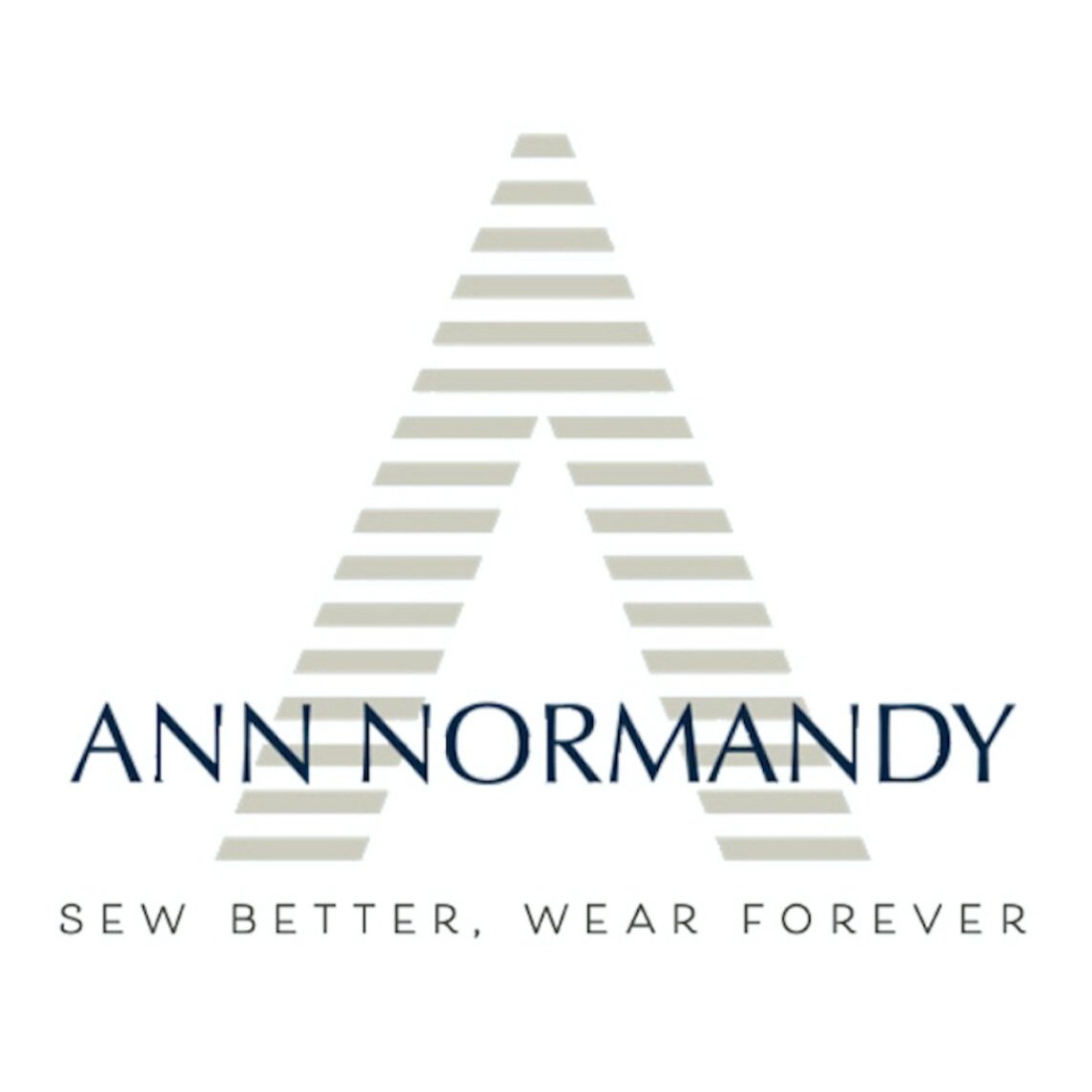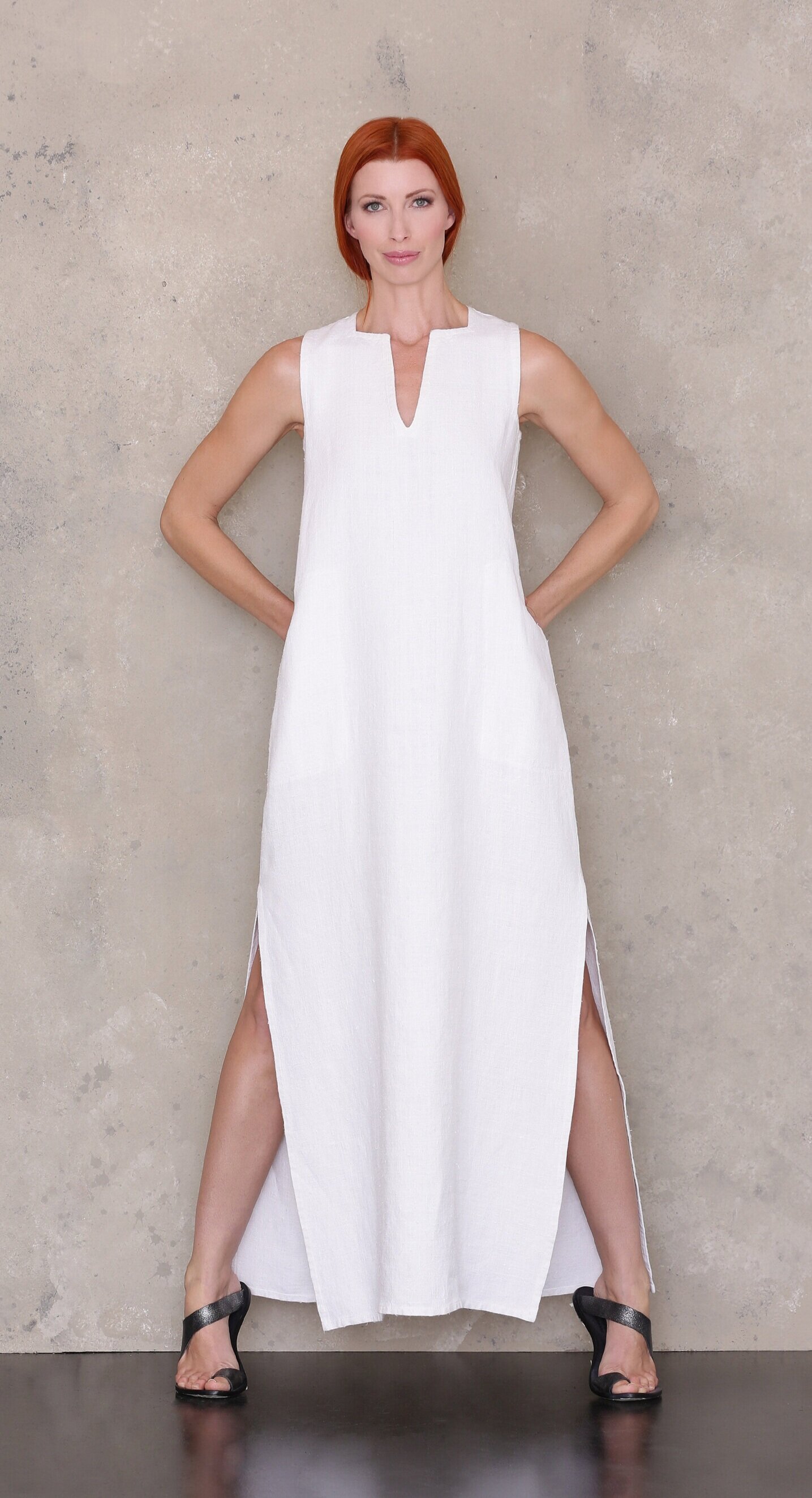Sustainable Sewing with Reclaimed Fabric
I’ve had the pleasure of writing a few articles for The Pattern Pages dressmaker’s digital magazine. This particular article, “Sewing with Pre-Loved Fabrics” is a subject that is very near and dear to my heart. Sustainable sewing with reclaimed fabrics is how I learned how to sew.
Over four decades ago, my grandmother taught me how to sew bedjackets for the patients at her mother’s (my great grandmother’s) nursing home, using reclaimed men’s shirts. Her humble upbringing of making do while growing up in a coal miner’s household with five children, wasn’t a cool trend, there simply wasn’t any money. They were poor. I treasure the time I had with her, teaching me with pride in how to give textiles a new life for a purpose. I wish she were here to see that I am following in her footsteps.
In addition to the tips I mentioned in this article, I’ve gathered some additional thoughts on the topic.
Sewing with reclaimed, repurposed fabric is taking Sustainable Sewing to the next level.
As prices for imported textiles increase, taking a step back and getting creative with reclaimed material is a great way to reduce your carbon footprint and save money.
Tools you will need:
• A tape measure: I always keep a small tape measure in a pocket of my purse.
TIP: When I don’t have a tape measure: I use my own “yardstick,” holding the fabric with my index finger and thumb and extend my right arm out completely. A yard is to the nipple of my right breast.
• Use your mobile phone: Have a pattern in mind and looking for the perfect fabric?
Bookmark the pattern’s fabric recommendations and requirements.
Take a photo of the front and back of the pattern
Finding our textile:
• Shop Local: For ultimate sustainability, thrift shops, estate sales, tag sales, flea markets are all great places to buy quality reclaimed fabrics, linens, drape, and such.
• Shop while you travel: I always leave a bit of room in my schedule and my suitcase while traveling to new places. The internet is at your fingertips to find a market or sale in the area you will be traveling to. Make it a day and grab a picnic or find a cool local lunch spot with your traveling partner as a thank you for taking that side trip.
Maxi Dress PDF Sewing Pattern
The linen used with this dress was originally a heavy duvet found during my travels to Alsace, France. Learn more about the Maxi Dress PDF Sewing Pattern
• Shop online: Support small businesses on Etsy and eBay. While buying online isn’t completely sustainable, as the items will be shipped to you, it still is better in my opinion than buying manufactured commercial textiles. Don’t be shy about asking specific questions regarding the fabric or asking for additional photos. Be very specific about flaws and the location of defects. Also, have a loose plan as to what you will do with that fabric, such as using it to make a top or dress.
Read more below…
Know your fabrics:
Knowing how a textile will drape and wear will be helpful in selecting a fabric that will be used and not end up in the stash box. Be mindful of the amount of material, details, prints, and other elements such as stains or flaws.
Subscribe to The Pattern Pages Magazine!
The ladies at The Pattern Pages are extending a 10% off subscription discount to my readers! Visit The Pattern Pages website to subscribe and use coupon code: SIGNMEUP to save!
How is the condition?
Work with imperfections such as tears, rips, and stains, as long as it doesn’t affect the integrity of the fabric or your new garment. As mentioned, it is best to avoid worn areas and stains in the center of the textile.
Know your fibers:
Having an understanding of fiber content is good to know, but nearly impossible to tell while you’re out on the hunt without educating yourself first. Consider creating a small notebook of various textile swatches and do burn tests. The Sewing and Craft Alliance’s Guideline to indentifing fibers and fabrics is an excellent source for burn tests. I also use a small, inexpensive microscope I purchased at a toy store to look at fibers up close. You can find images of various threads searching on the internet.
Rust is the enemy, but there’s a great solution:
Rust is bad, and once it’s eroding, it will continue to erode fibers, if not removed. If the stain has already compromised the weave, cut the rust stain out and consider either a mended patch or embellish the hold with an interesting embroidered element. Check out my Pinterest Board “In Stitches” for inspiration.
Antique mending samples from my private collection.
Reusing notions:
My grandmother used one of her mother’s large canning jars to hold her buttons, notions that she removed from clothing, as she repurposed the cloth. I have that jar and quite honestly don’t have the heart to use any of the buttons that were sewn to bits and pieces of fabrics to keep the sets together.
Vintage notions are a fabulous unique touch to give your new garment.
Sentimental Scraps
The pocket of my pant pdf sewing pattern in the image above was bound with a silk organza scrap my grandmother had in her own stash. The fabric was used to make a dress and bonnet for me when I was an infant. I’m sure she kept it all those years to use for such an application as mine. I love having a little piece of her with me.
We know the adage, they don’t make things like they used to. It also applies to vintage and antique textiles. Fabrics made “back in the day” are of superior quality and should be used and loved. I hope you consider trying a textile out for a future project!
Happy Sewing!
Kim
The Slip Dress PDF sewing pattern is the perfect pattern to sew with reclaimed fabric, such as this antique handwoven French linen tablecloth flea market find!
Slip Dress PDF Sewing Pattern
Sale Price:$8.46 Original Price:$9.95








